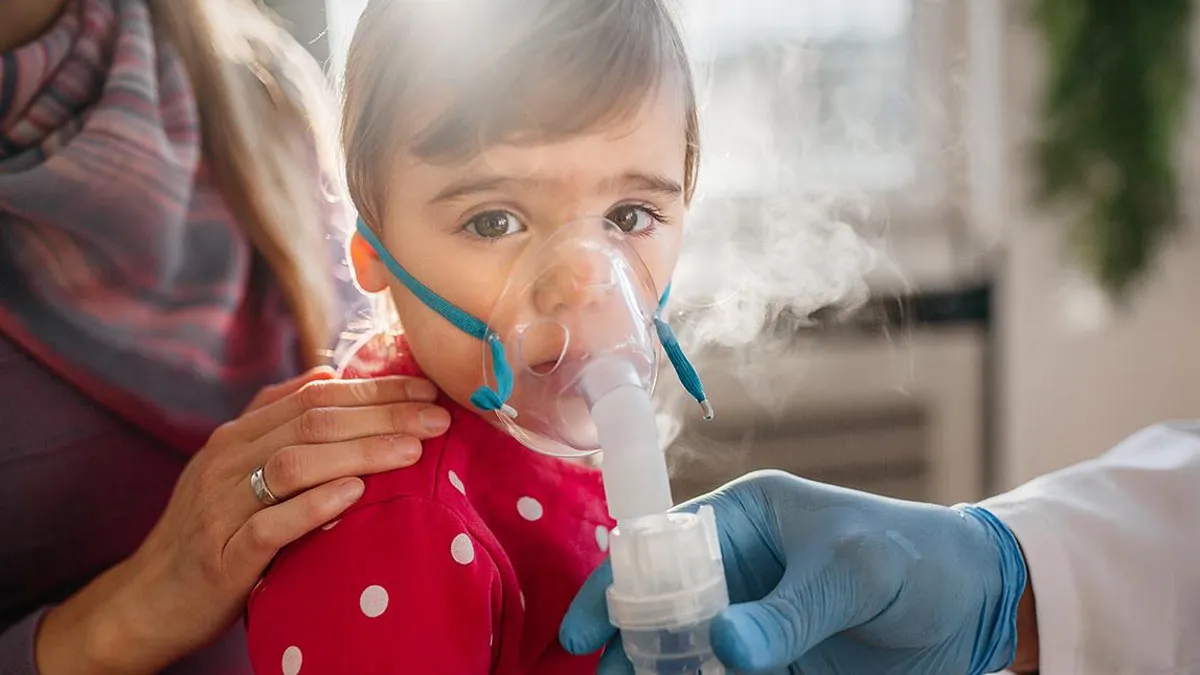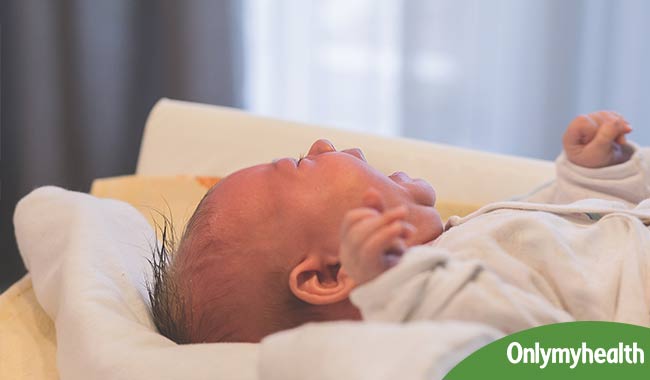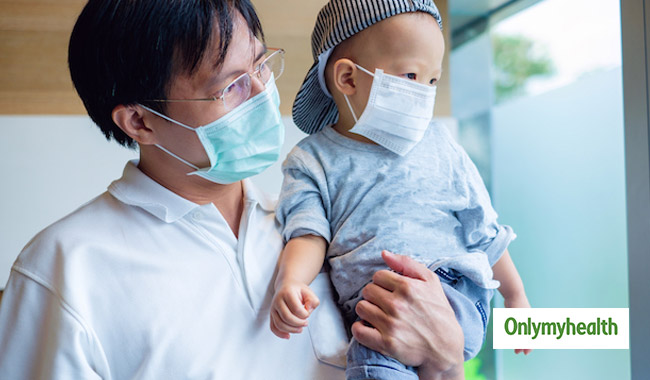
With the current plunge in Delhi's air quality, the AQI has reached a hazardous 485, raising concerns in nearly every household, particularly those with newborns and toddlers. Indoor air quality is something many of us overlook, but it’s critical when you have a newborn or toddler at home. Babies and young children are more vulnerable to air pollution than adults because their respiratory systems are still developing, and they breathe faster, which means they take in more air—and more pollutants—relative to their body size. Ensuring that the air your little ones breathe is as clean as possible is essential for their health and development.
Table of Content:-
In an exclusive interaction with the editorial team of Onlymyhealth, Dr Devendra Kumar Singh, Senior Consultant - Respiratory Medicine, Sharda Care- Health City Noida, shared some practical tips on how to keep indoor air pollution-free for your little ones. Here is what he shared with us.
Tips To Keep Indoor Air Pollution Free For Newborns and Toddlers
1. Control Dust And Allergens
Dust mites, pet dander, and pollen are common indoor pollutants that can trigger allergies or respiratory problems in young children. To reduce these allergens:
- Use allergen-proof covers for pillows, mattresses, and box springs
- Vacuum regularly using a vacuum cleaner with a HEPA filter, which traps fine particles that ordinary vacuums might release back into the air
- Wash bedding frequently in hot water to kill dust mites
- Keep pets out of your child’s bedroom and clean pet areas regularly
Also Read: Can Cleaner Air Prevent Pneumonia? Expert Shares Impact Of Air Pollution On Our Health

2. Limit The Use Of Harsh Chemicals
Common household cleaning products, air fresheners, and even certain personal care products can release Volatile Organic Compounds (VOCs) into the air. These chemicals can irritate the respiratory system, leading to coughing, wheezing, or other respiratory problems, especially in children with developing immune systems. To avoid this:
Opt for natural or non-toxic cleaning products, such as vinegar, baking soda, or lemon juice
Avoid using air fresheners, candles, or incense that may contain harmful chemicals
Choose unscented products or those made with natural fragrances to minimise exposure to VOCs
3. Ventilate Regularly
Proper ventilation is key to ensuring that indoor air remains fresh and free of pollutants. While outdoor air can contain pollution, the air inside your home can become stale and accumulate harmful substances. Regular ventilation helps:
- Open windows when possible to allow fresh air to circulate and push out indoor air pollutants
- Use exhaust fans in the kitchen and bathrooms to expel excess moisture and prevent mould growth
- Use air exchangers or ventilation systems that can filter and bring in fresh air without opening windows

4. Invest In An Air Purifier
For an extra layer of protection, an air purifier can help to remove particles such as dust, pollen, and pet dander, as well as harmful gases like VOCs. When choosing an air purifier, look for one that:
- Has a HEPA filter for trapping airborne particles
- Includes a carbon filter to reduce gases and odours
- Is the right size for your room, ensuring it can filter the entire volume of air effectively
5. Keep Indoor Plants
Certain houseplants can help purify the air by absorbing toxins and releasing oxygen. Some of the best indoor plants for air quality include:
- Spider plants
- Peace lilies
- Aloe vera
- English ivy
6. Avoid Smoking Indoors
Secondhand smoke is a significant indoor air pollutant and can increase the risk of respiratory infections, asthma, and other long-term health issues in children. It is essential never to smoke indoors, and if you smoke, do so outside or in designated smoking areas far from your children.
Bottomline
Providing a healthy, pollution-free indoor environment for newborns and toddlers is one of the most important steps parents can take to protect their children’s health. By minimising allergens, using safer products, ensuring good ventilation, and investing in air purifiers and plants, you can significantly improve the air quality in your home. A little effort goes a long way in ensuring that your children grow up in a safe and healthy environment, ready to breathe easy as they grow.
Also watch this video
Read Next
Global Measles Surge: WHO Alerts On Risks For Children Under 5—Expert Tips To Stay Protected
How we keep this article up to date:
We work with experts and keep a close eye on the latest in health and wellness. Whenever there is a new research or helpful information, we update our articles with accurate and useful advice.
Current Version